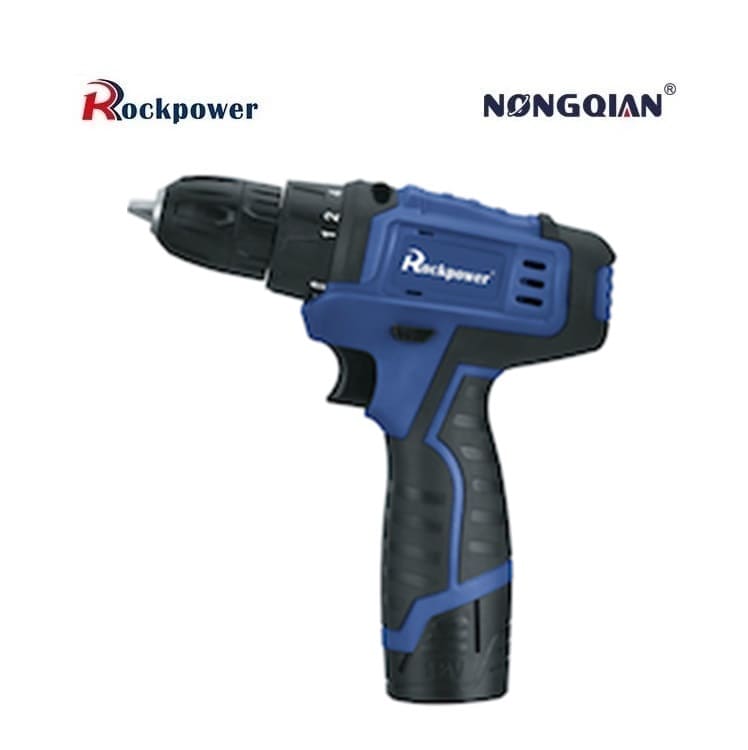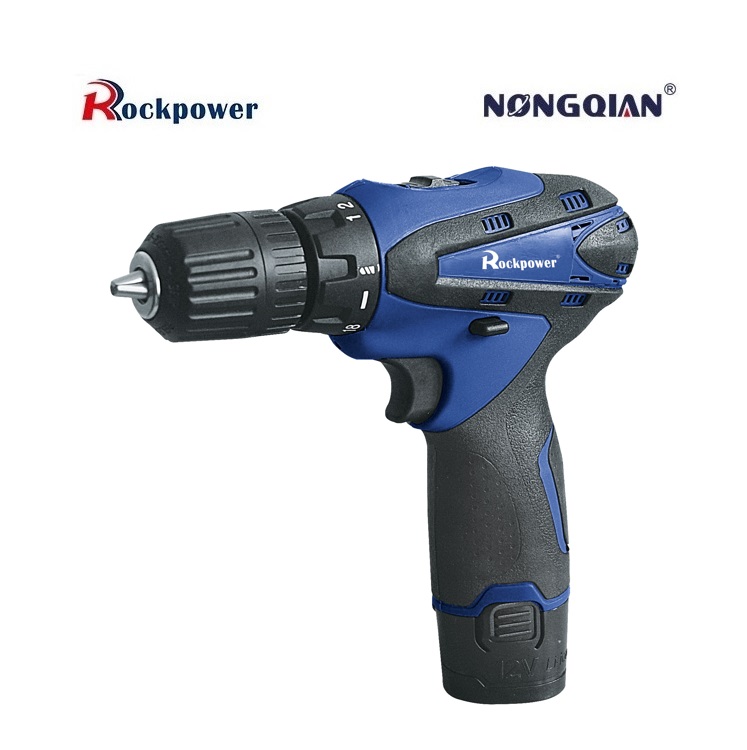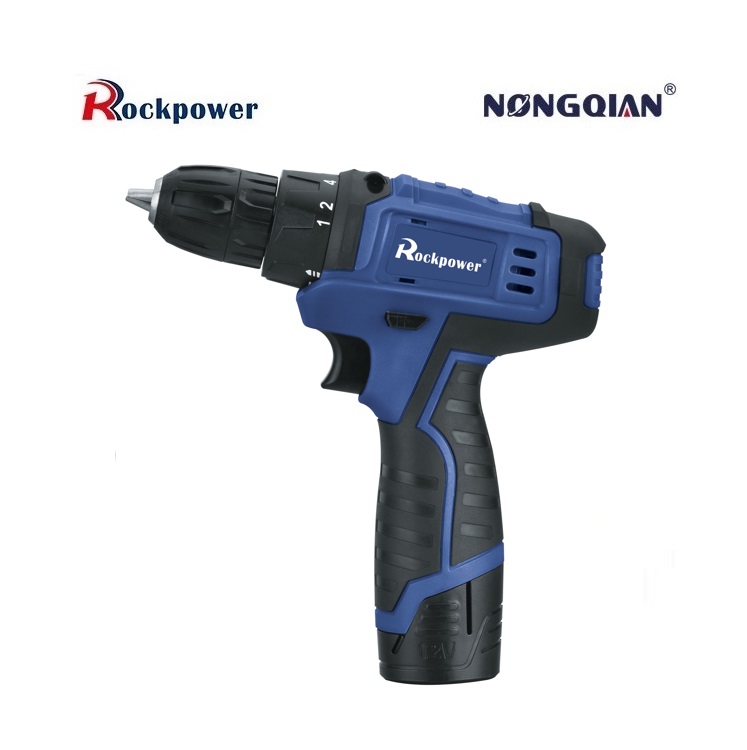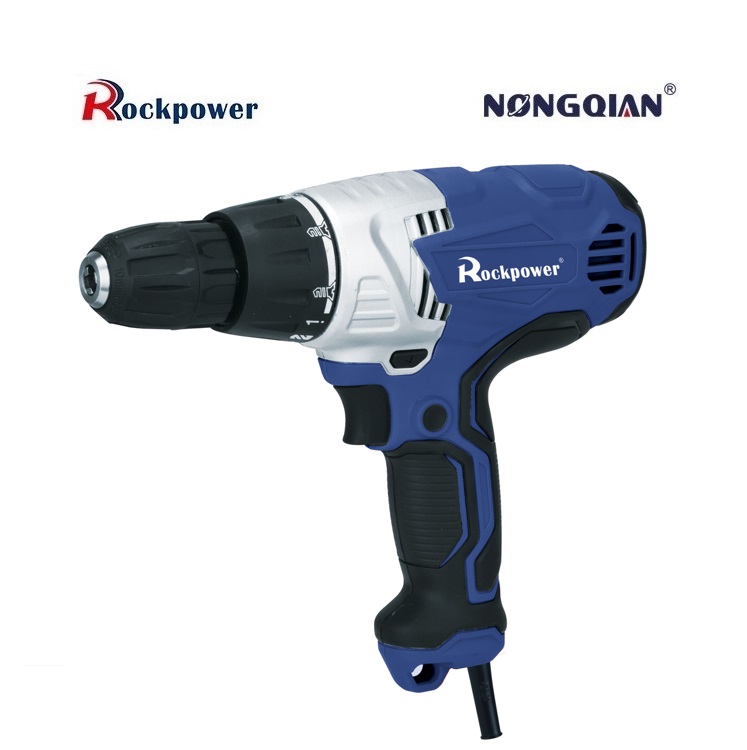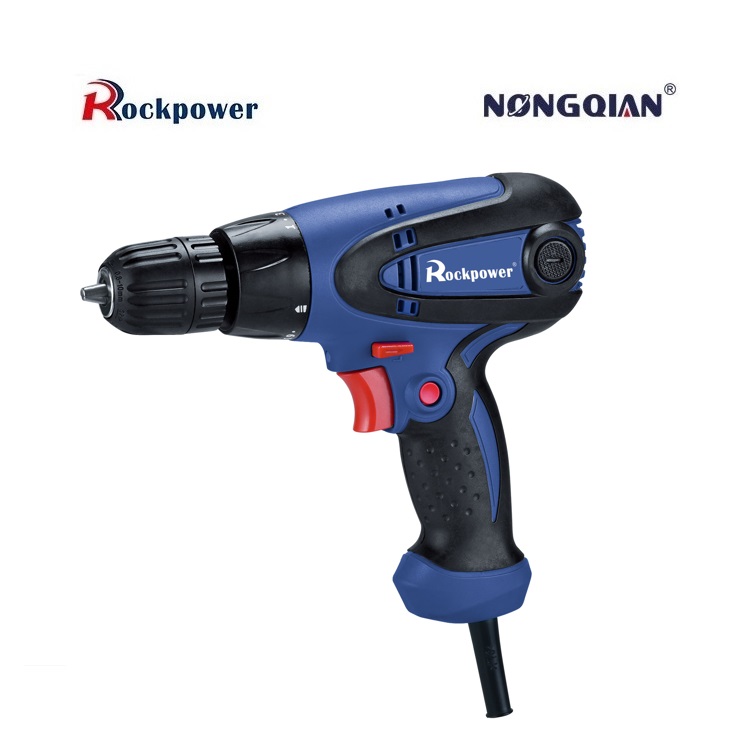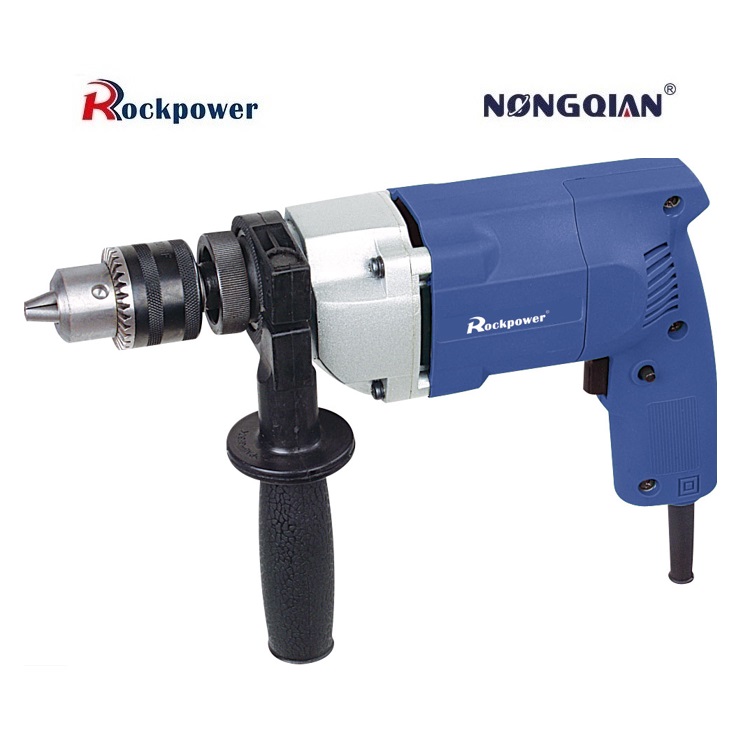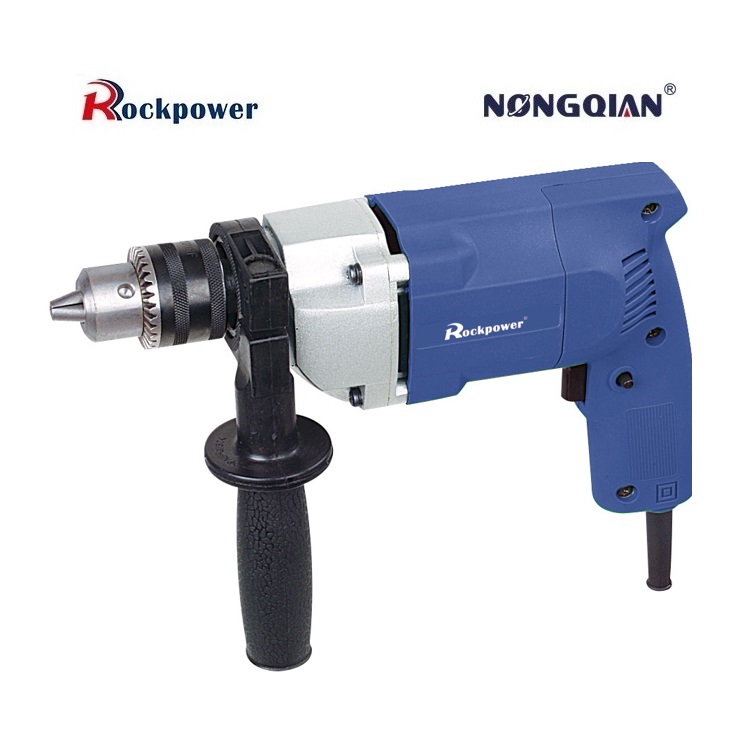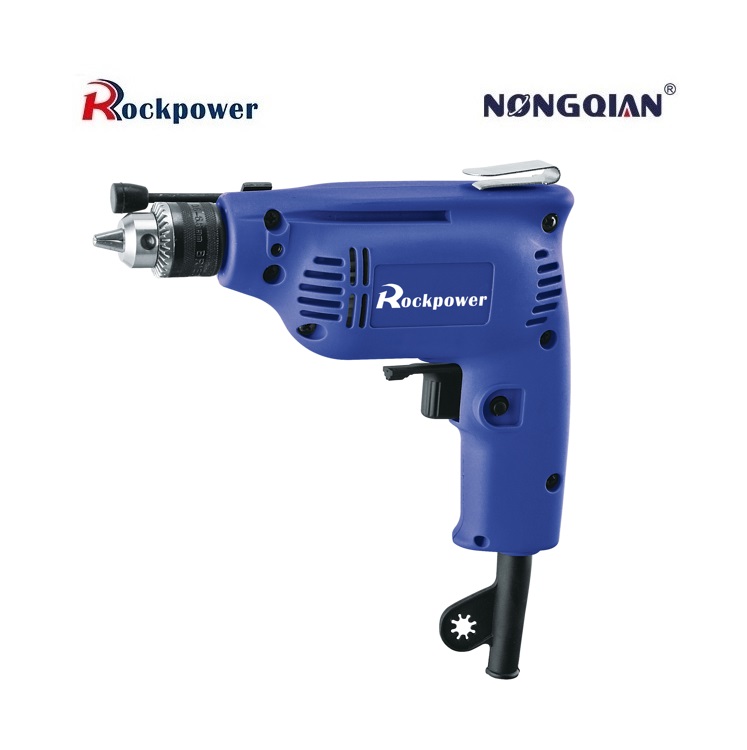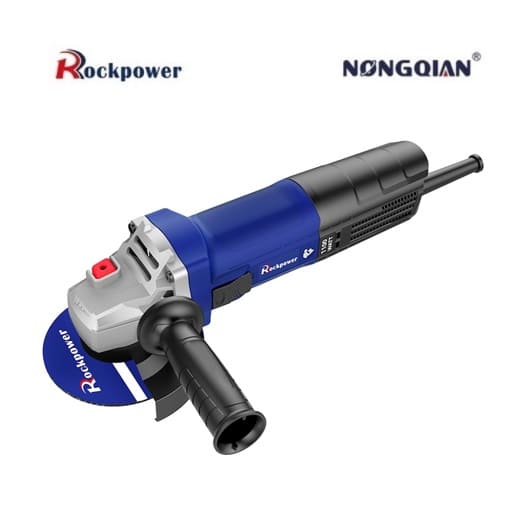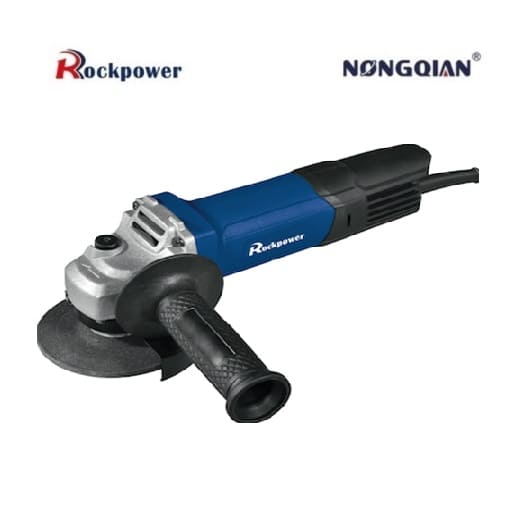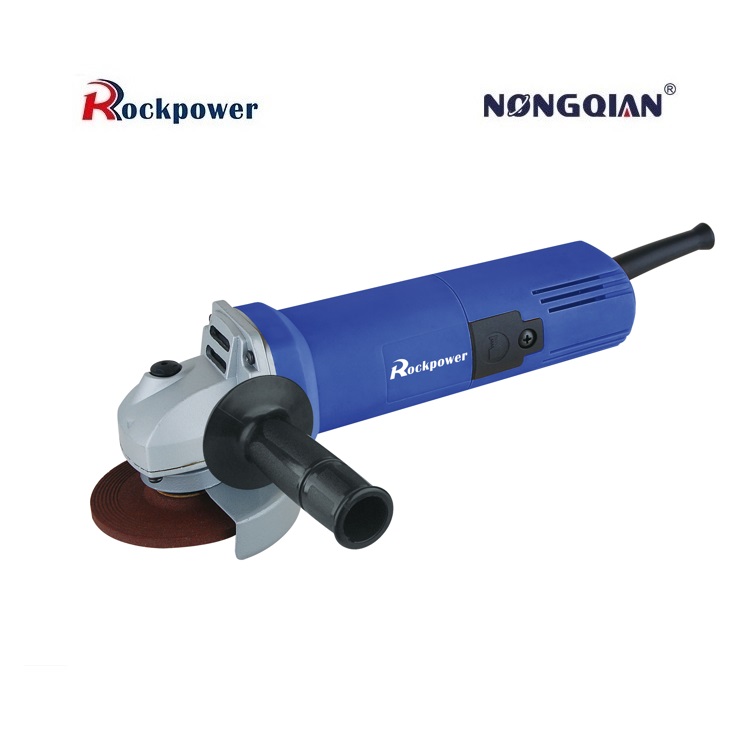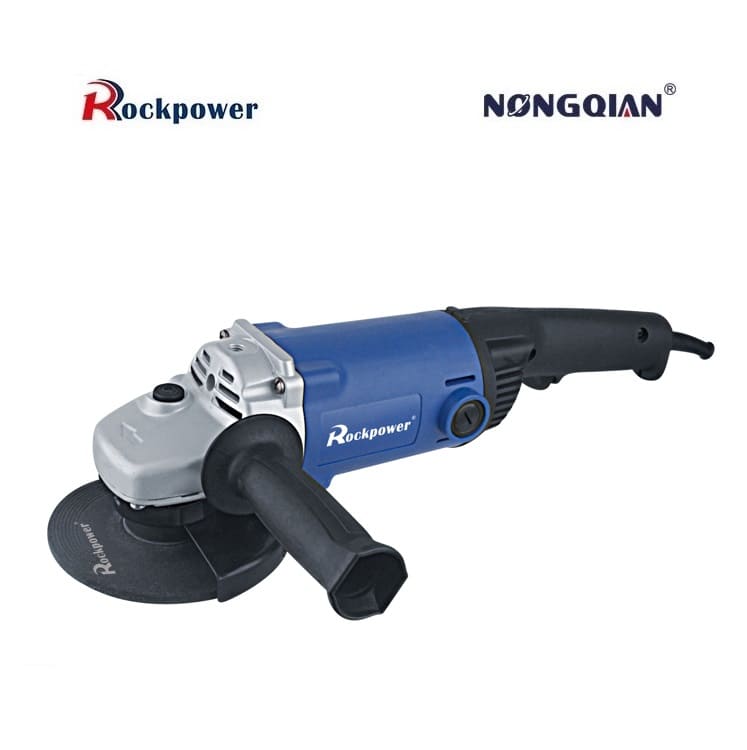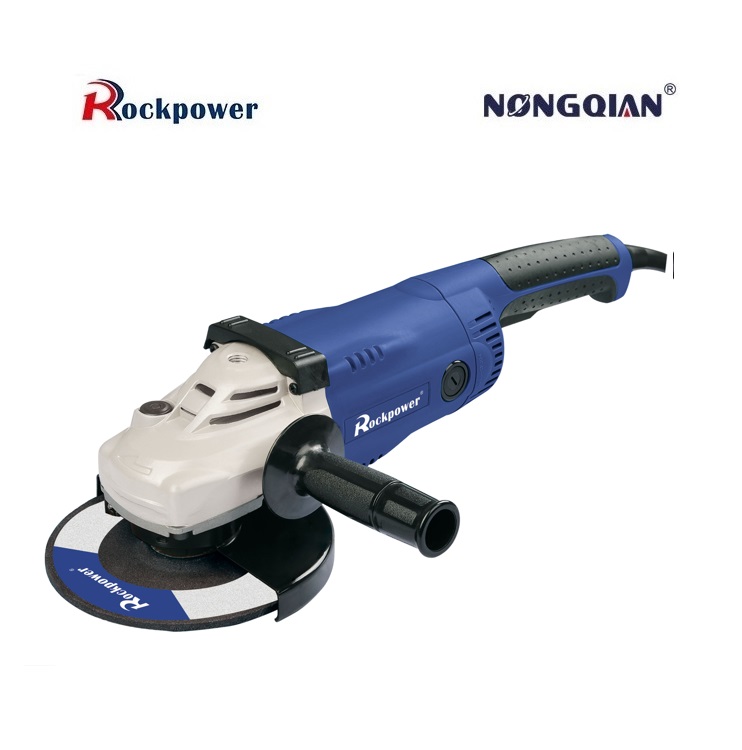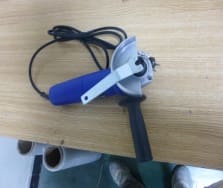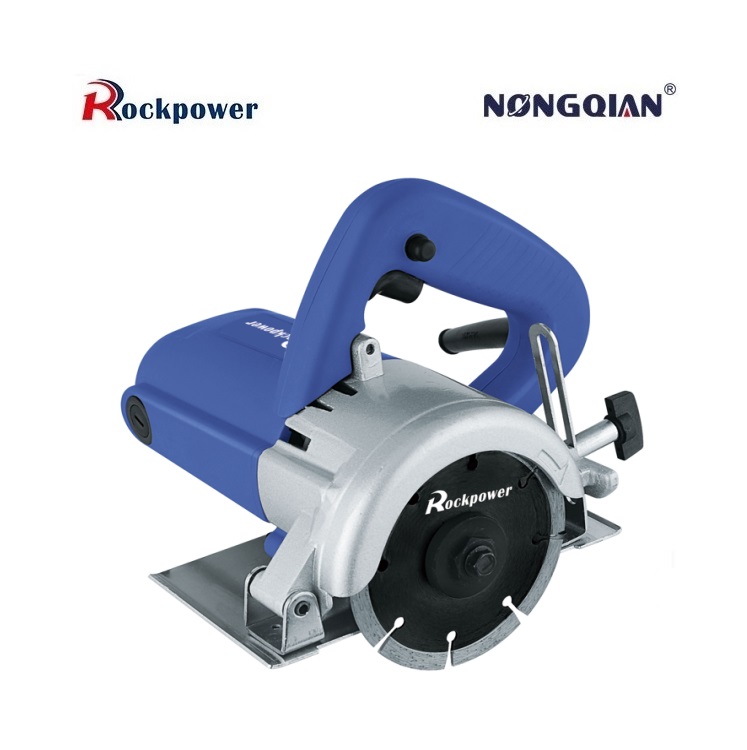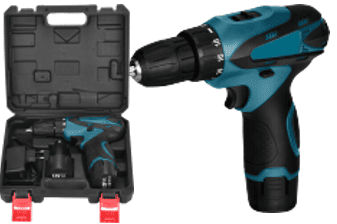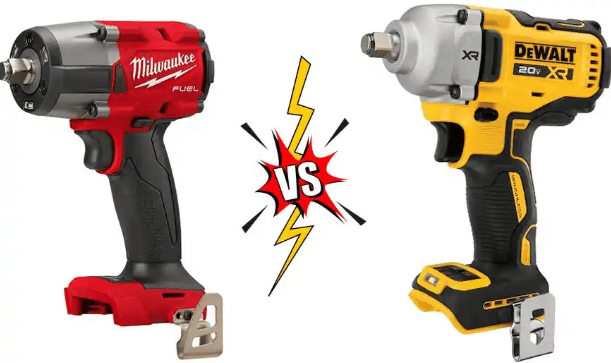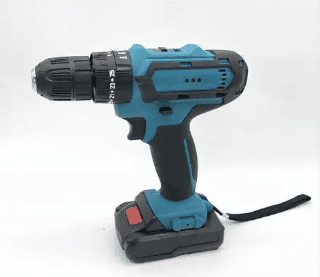what volt drill for brick?
Voltage Selection Criteria for Electric Drills in Red Brick Drilling Operations
I. Correlation Mechanism Between Voltage Levels and Mechanical Performance
The output power of an electric drill is positively correlated with voltage. Devices below 18V are prone to bit jamming due to insufficient torque, while models above 36V, though meeting power requirements, pose operational risks. Testing confirms that drills in the 18V-24V range deliver a rated speed of 1200-1800 RPM while maintaining stable torque output of 35-50N·m.
II. Special Requirements of Red Brick Material on Equipment Parameters
Red brick has a Mohs hardness of 3-4 and contains unevenly distributed grit. Drills below 18V may cause motor overload, and the hammer drill function requires at least 20V to effectively break hard particles within the brick.
III. Coordinated Considerations for Accessory Selection
- Prioritize models equipped with tungsten carbide drill bits, which offer over 60% better wear resistance than standard alloy bits.
- Double-insulated body designs prevent short circuits caused by brick debris ingress.
- Devices with no fewer than 3 speed settings better adapt to varying hole diameter requirements.
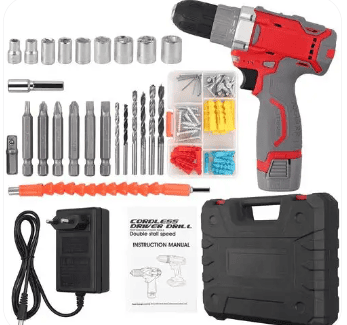
IV. Supplementary Notes on Operational Safety Regulations
Allow a 15-minute cooldown after continuous drilling to prevent motor temperatures from exceeding 75°C. Voltage fluctuations should be kept within ±10% to avoid damaging brush assemblies.
Voltage Selection and Usage Guidelines for Brick Wall Drilling Drills
I. Basic Voltage Requirements for Electric Drills
- 220 volts is the standard voltage for household power tools in mainland regions.
- This voltage provides sufficient power to drive the motor efficiently.
- Voltage stability directly affects drill bit speed and torque output.
II. Voltage Needs for Different Work Scenarios
- Light-duty tasks (e.g., woodworking) can use 12-18V battery-powered drills.
- Medium-duty tasks (e.g., thin-wall drilling) recommend 18-24V models.
- Heavy-duty brick wall drilling requires 220V AC-powered drills.
III. Technical Considerations for Voltage Selection
- Insufficient voltage causes motor overheating and power loss.
- Excessive voltage may lead to equipment damage and safety hazards.
- For prolonged use, select products with overheating protection.
IV. Safety Usage Standards
- Always verify that the device’s rated voltage matches the power supply before use.
- Use leakage protection devices in humid environments.
- Regularly inspect the insulation condition of power cords and plugs.
- Wear safety goggles and dust masks during operation.
V. Purchasing Recommendations
- Determine power needs based on work frequency and intensity.
- Prioritize professional-grade products with speed-adjustment features.
- Consider additional functions like hammer drill mode for wall material adaptability.
Understanding voltage requirements and selecting the appropriate drill model not only improves efficiency but also ensures operational safety. Practical decisions should also account for factors like wall material and drilling diameter.
You may also interest to read similar questions:
What to look for when buying a cordless drill?
When to use impact vs drill?
Is a brushless drill better?
What does “brushless” mean on a drill?
Are corded drills more powerful?
Is a hammer drill more powerful than a regular drill?

